In the last decade, exercise trends have been on the rise, with new ones developing with the seasons. Despite this, the World Health Organization has reported that physical activity has decreased globally, with as much as one-third of the population being physically inactive.

A factor that could contribute to these statistics are people getting intimidated by exercise because they don’t know what to do, which leads to disinterest in engaging in any form of physical activity. In this article, we’ll be tackling how you can start your fitness journey by looking at workout intensity and figuring out which is best for you!
What is Workout Intensity?
Workout intensity refers to a person’s level of effort during physical activity. This is determined by their body’s physical exertion and the quantity of energy they use per unit of time

Exercise intensity is crucial for optimal health and fitness. It can be low, moderate, or vigorous, with moderate or vigorous intensity being the most beneficial. Low-intensity exercise requires no noticeable change in breathing pattern, while moderate-intensity allows for talking but not singing. Finally, high-intensity exercise enables the individual to say a few words without stopping to catch a breath.
Determining Workout Intensity
In the past we’ve tackled the benefits of engaging in physical activity, but deciding on what kind of exercises you should do and how hard your workout should be can become overwhelming, especially for first timers. Which is why the World Health Organization (W.H.O.) provides a basic guide on the ideal activity levels an individual should engage in:
- The W.H.O. advises that children and teenagers between the ages of 5 and 17 engage in moderate-to-vigorous physical exercise for at least an hour every day, with at least three sessions each week dedicated to bone-and muscle-strengthening activities.

- The recommended weekly physical activity for persons between the ages of 18 and 64 is 1 hour and 30 minutes of moderate-intensity exercise, or 1 hour and 25 minutes of vigorous-intensity exercise. An increase of moderate-intensity exercise to 5 hours per week increases health benefits alongside at least two days a week of muscle-strengthening exercises for the main muscle groups.
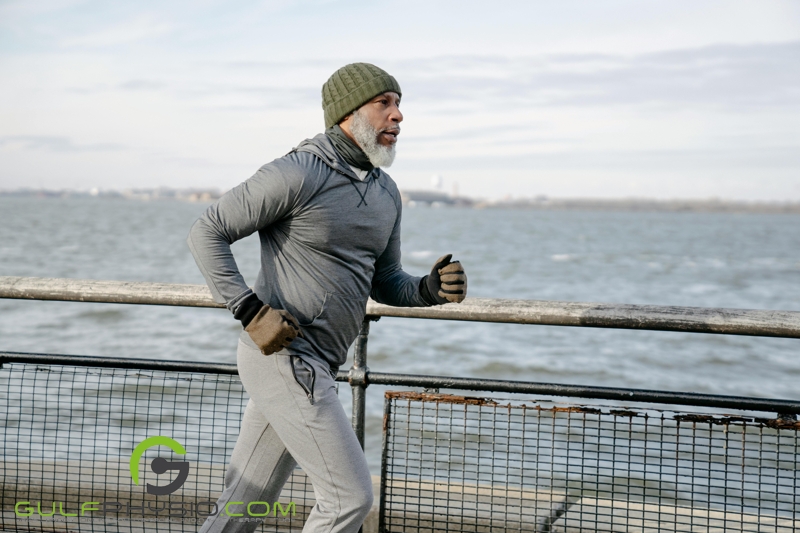
- Adults 65 and older should perform a minimum of 1 hour and 25 minutes of vigorous exercise or 2 hours and 30 minutes of moderate exercise per week. An increase in the weekly moderate-intensity activity to five hours also proves beneficial to overall health. Perform muscle-strengthening exercises twice a week, targeting major muscle groups. Those with limited mobility should do exercises that improve balance and prevent falls.
Find Your Intense Workout
To start a workout regimen, it’s crucial to understand the intensity needed. With numerous activities like swimming, jogging, boxing, pilates, HIIT, and yoga, finding the right one can be overwhelming. To help you find the right exercise regimen, remember these tips:
- Check your fitness level

It’s important to assess your level of fitness before beginning an exercise program and to keep track of your results as a guide for future improvement. Get a physical and speak with a healthcare provider to identify any potential health problems that can lead to harm, especially if you’re new to physically demanding activities. Before beginning the workout regimen, speak with your doctor if you have any health issues, such as heart disease, diabetes, asthma, high blood pressure, or limitations in mobility. This will guarantee a fun and safe workout and assist you in determining your current level of fitness.
- Take it slow
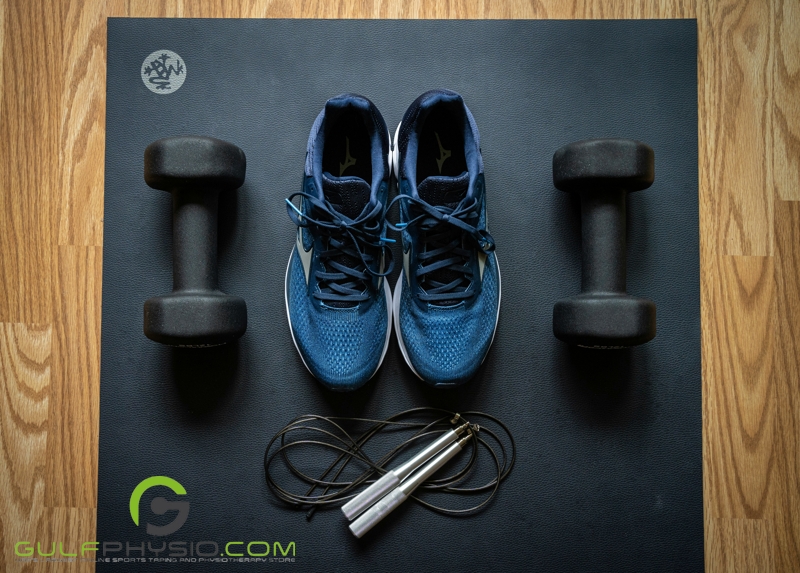
Take your time if you’re new to exercising. Build up gradually to a level of moderate to vigorous intensity. Try to raise your level of activity by no more than 10% per week. Speak with your fitness coach or health care provider if you have a medical problem or injury. You can work with these professionals to create a workout regimen that gradually increases your strength, endurance, and range of motion as you reach your fitness goals.
- Set achievable goals

Setting clear goals is essential to staying motivated and making progress with a fitness program. Setting high standards for yourself can result in failure and feelings of failure. Create momentum and self-confidence by starting with simple fitness goals that you can accomplish. As you achieve these objectives, advance to more difficult ones to keep yourself motivated while ensuring progress.
- Make it a habit
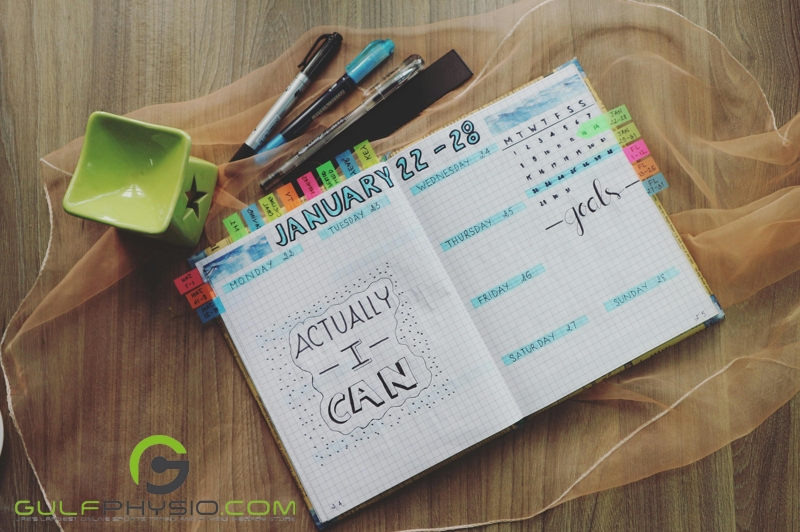
Exercise is essential to a healthy lifestyle. Set yourself up for success, remove obstacles, and engage in activities that bring you joy and self-assurance. Recognize the advantages of a routine and establish a habit that you can stick with over time. Think about including 30 minutes of exercise each day, either after work, during lunch, or in the morning. A consistent routine is essential to develop habits, so make time for exercise like you would any other activity. For example, you could read while riding a stationary bike, take a break to stroll at work, or watch your favorite show while walking on the treadmill.
- Find what’s fun and be mindful
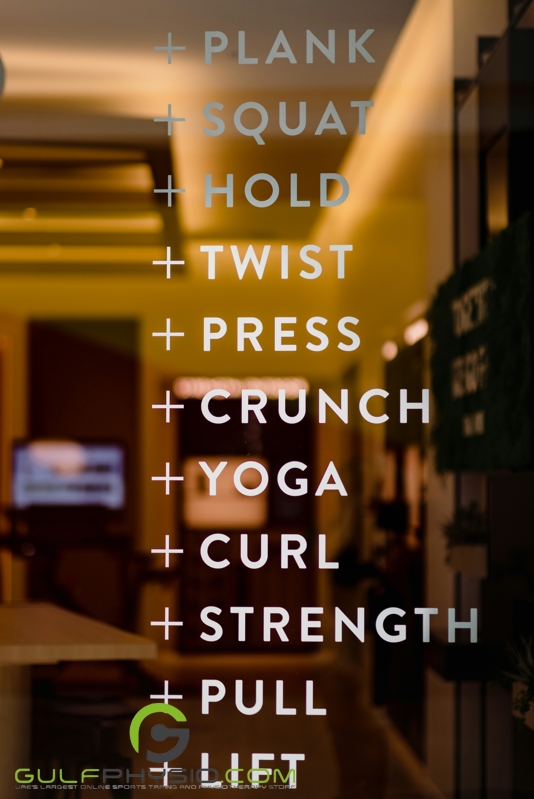
Cross-training is the practice of doing different exercises to maintain a regular fitness regimen. This strategy entails selecting exercises that target various body areas, such as swimming, walking, and strength training. Including different exercises like cycling or swimming (considered low-impact exercises), can lower your chance of overusing a particular muscle or joint and developing an injury. By focusing on your breathing, muscle flexing, and body rhythm, you can enhance your physical well-being and lessen feelings of stress and anxiety. Using this method, you avoid fatigue and maintain a healthy lifestyle.
The Gist of It
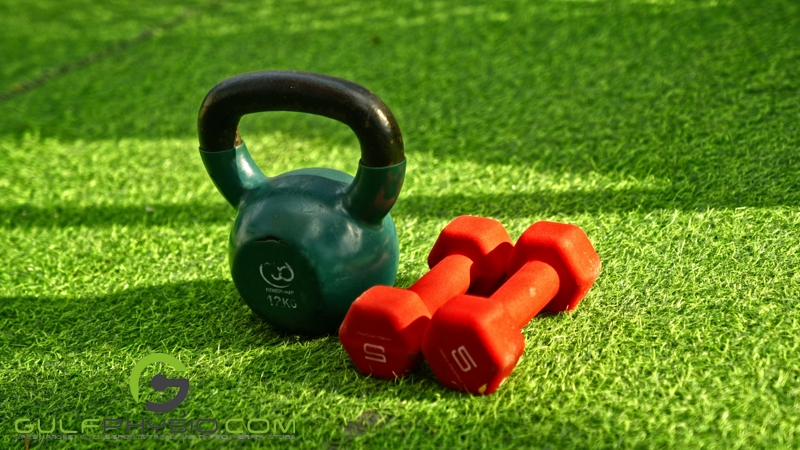
Achieving good health and fitness requires engaging in exercise at a low, moderate, or vigorous level. Establishing reasonable goals and assessing your level of fitness will help you create a regimen that you love and can stick to. In the end, this will lead to a better quality of life.
Disclaimer
GulfPhysio.com and all of its content are for informational purposes only. All information is believed to be accurate at the time of posting and should NOT be taken as professional medical advice. Please seek a medical professional in the event of pain or injury.



